A Balanced Review of Cryptocurrency Misconceptions
There are many myths and misconceptions about cryptocurrencies, some of which are unfair and untrue. Here's a more honest and balanced counter-argument.
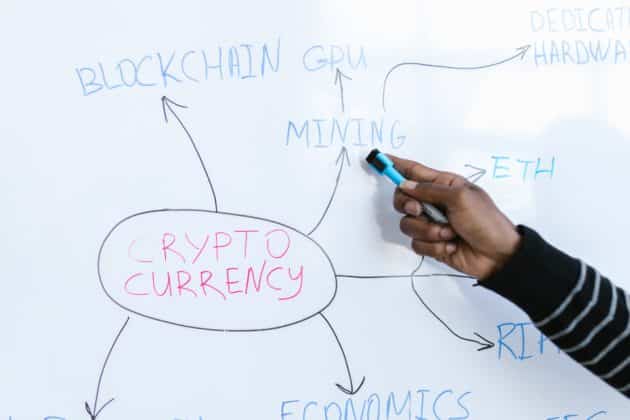

When Bitcoin first circulated the globe in 2009, the technology was groundbreaking — but it was not perfect. Twelve years later, we are seeing the evolution of new blockchain networks, using technologies that didn’t exist before in Bitcoin.
These new technologies address issues such as energy consumption, transaction costs, security, transparency, versatility, governance, and compliance with regulations. As the crypto industry is still young, it’s very certain that we will be seeing continuous evolution and refinement of the crypto sector in the coming years.
Unfortunately, we’ve witnessed a number of cryptocurrency misconceptions circulating the web and media that seemingly discredit every notion of crypto, ranging from energy usage, transparency, security and more.
Here is one example. The basic premise of this article is that cryptocurrencies are not ethical to invest in, because they are harmful to the environment, harbour illegal activity, and exploit the poor.
While arguments written in the article are based on facts grounded on the reality that crypto technology is still not perfect, many relevant arguments are being left out. It is, after all, an opinion piece. It’s now our turn as advocates of the crypto industry to offer a more balanced review of the risks and benefits offered by cryptocurrencies.
New to crypto? Start with our fundamental guide on cryptocurrency.
Misconception #1: Cryptocurrencies are harmful to the environment
Most people start learning about the crypto space by encountering Bitcoin. They’ll learn about how it works — the fact that Bitcoin uses the Proof of Work (PoW) protocol to validate transactions and secure the network against any attack.
They will also find that Bitcoin uses a lot of energy. The Cambridge Bitcoin Electricity Consumption Index (CBECI) gives a live estimate on the energy consumption of the cryptocurrency based on several assumptions (the bitcoin price being one of them).
They estimate that the annualised energy consumption is about 100 Terawatt-hours, with a theoretical upper bound of 356 Terawatt-hours annually. The former figure is comparable to the annual power consumption of the Philippines.
Read more: What is Proof of Work (PoW)?
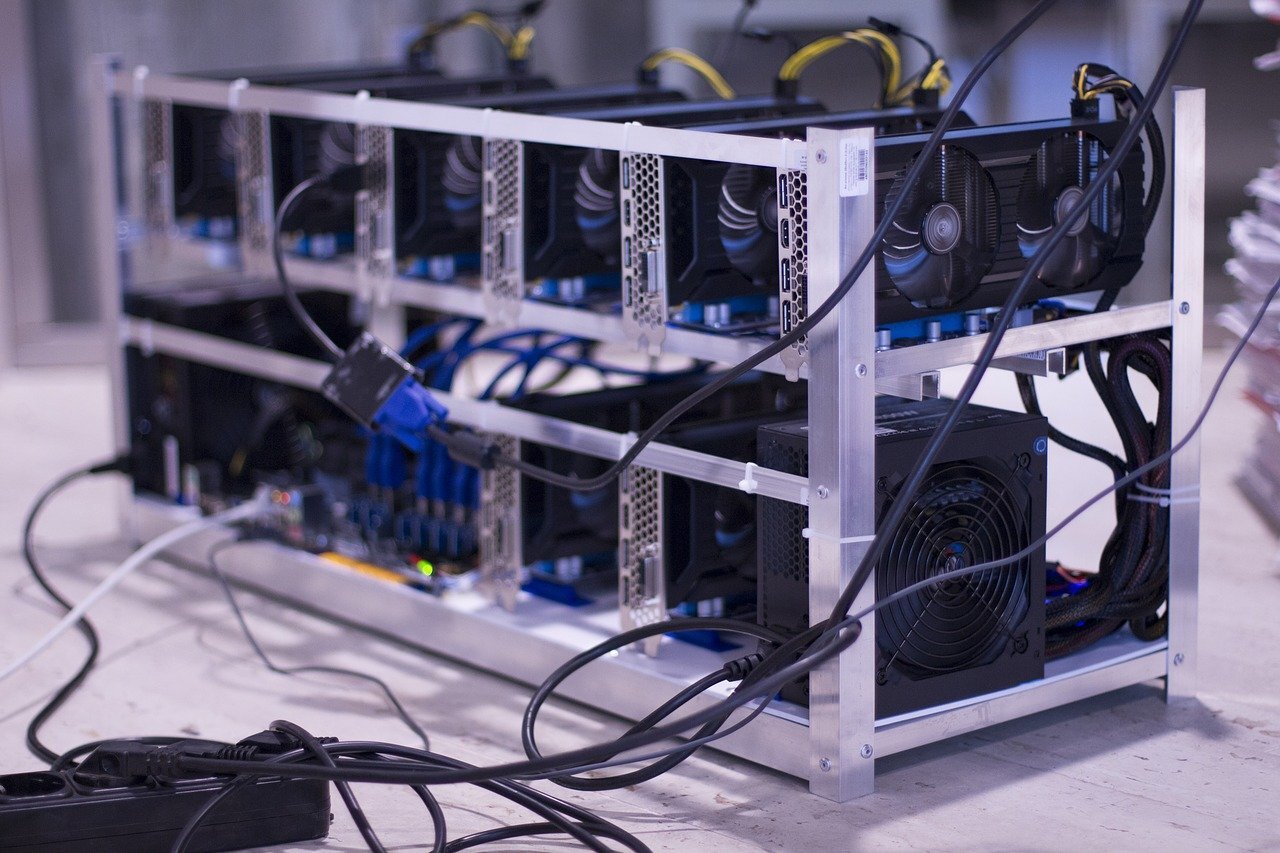
At the time of writing, most Bitcoin mining activities are concentrated in the United States (now contributing to 35% of total computational power), but prior to September 2021, China had been the country with the greatest concentration of miners.
One important detail that must not be missed is that up to 56% of the total energy supply for Bitcoin is derived from renewable energy sources. Referring to the mining map by the CBECI, China had dominated up to 70% of the energy supply in the past year, and the Sichuan province contributed the greatest amount of energy. Sichuan’s energy is derived from hydroelectricity.
Granted, in the dry season, the coal-powered Xinjiang province usually took over for a short amount of time. However, this cycle is changing fast in 2021.
As China banned crypto mining, many miners take their operations abroad, mostly to the United States’ midwest, where solar energy and natural gas (a cleaner energy source than coal) are plentiful.
Furthermore, countries like Iceland and El Salvador are tapping into the Earth to make use of geothermal energy for cryptocurrency mining. China’s ban on crypto was actually good news for Proof of Work cryptocurrencies, as other countries can look for resourceful ways to earn extra income from crypto mining.
The crypto world has already moved to Proof of Stake long ago
Cryptocurrencies that need energy-intensive mining are not the majority of the crypto market, even though Bitcoin is currently the top one in terms of market capitalisation. The fact is, most cryptocurrencies in the world are secured with the highly sustainable Proof of Stake protocol.
We are seeing the second-largest crypto by market cap, Ethereum, transition to the Proof of Stake protocol, which is expected to be complete in early 2022. When this occurs, a large number of digital currencies (those which are tokens made via Ethereum’s technology) will be secured via Proof of Stake.
Not to mention, 6 out of the top 10 ranking crypto coins (excluding Ethereum tokens and stablecoins) were built with Proof of Stake as the foundational protocol. For example, Cardano, XRP, Polkadot, Binance Coin, Solana, and Terra.
Read more: What is Proof of Stake (PoS) and How Does it Work?
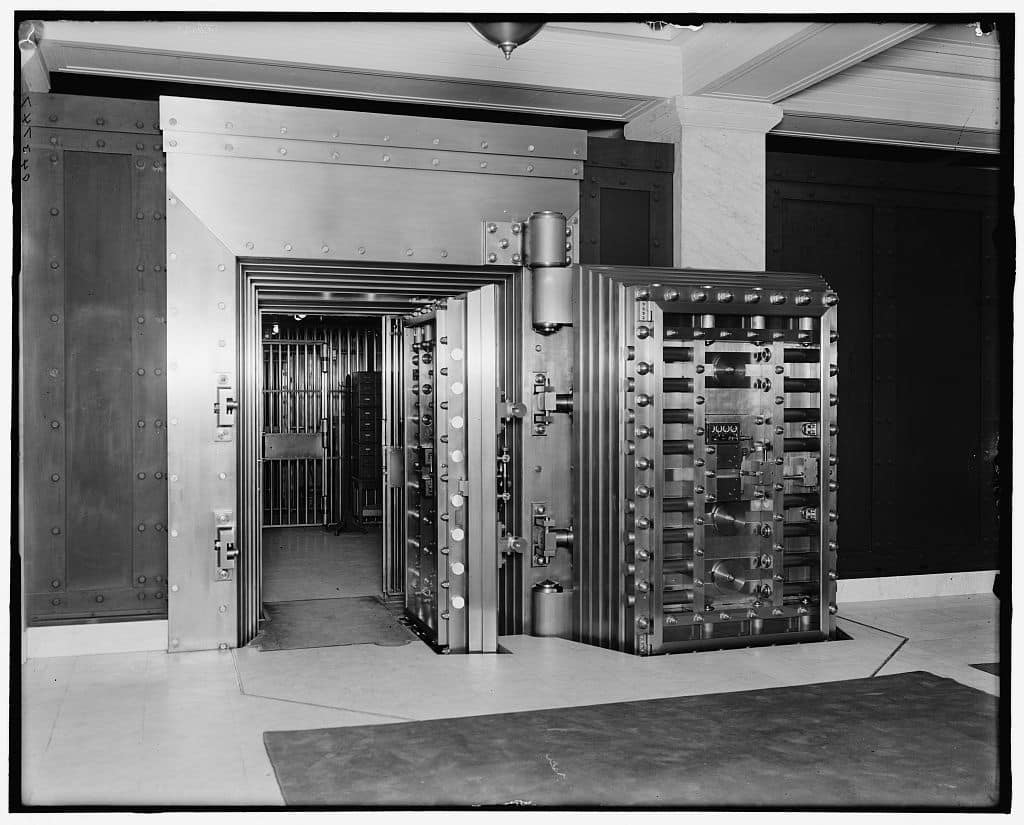
In Proof of Stake, network nodes that maintain the decentralised ledger (blockchain) must invest a large sum of cryptocurrency to increase their chance of becoming elected as a block producer and earn new cryptocurrency for a given term.
For this process to occur on Polkadot for one whole year, for instance, the total energy requirement is 0.8 Gigawatt-hours. To put that into perspective, this amount of energy consumed is on par with the scale of a small town’s energy consumption.
With an increasing adoption for Proof of Stake networks, the total power consumption of the entire crypto space may potentially undercut the energy consumption of traditional financial systems.
E-waste of Proof of Work crypto networks is still a problem
Of course, we cannot ignore the fact that Proof of Work blockchains like Bitcoin still produce more e-waste than what was hoped for. The core of the problem is the use of application-specific computer units known as ASICs that are difficult to reuse and recycle.
The good news is that crypto mining is becoming an increasingly regulated business activity. As regulators begin to collaborate with decentralised technologies and crypto communities, a more sustainable crypto economy can emerge in surprising ways — which we hope to see in the near future.
Misconception #2: Cryptocurrency transactions are impossible to trace
While it is true that cryptocurrencies have been abused by criminals to launder money and commit other financial misconducts, the crime rate on the blockchain is considerably low. Chainalysis reports that in 2019, criminal activity accounts for 2.1% of all transactions. However, this number drops significantly in 2020, at 0.34% of total transactions.
This drop is quite significant if we combine this with another fact. Interpol reports “an alarming rate of cyberattacks” during the early months of the COVID-19 pandemic.
Logically, criminal activity on the blockchain should increase as well, but the data shows the opposite effect. This is one indication that criminals are to the contrary experiencing more difficulty to cash out of illicitly obtained cryptocurrencies.
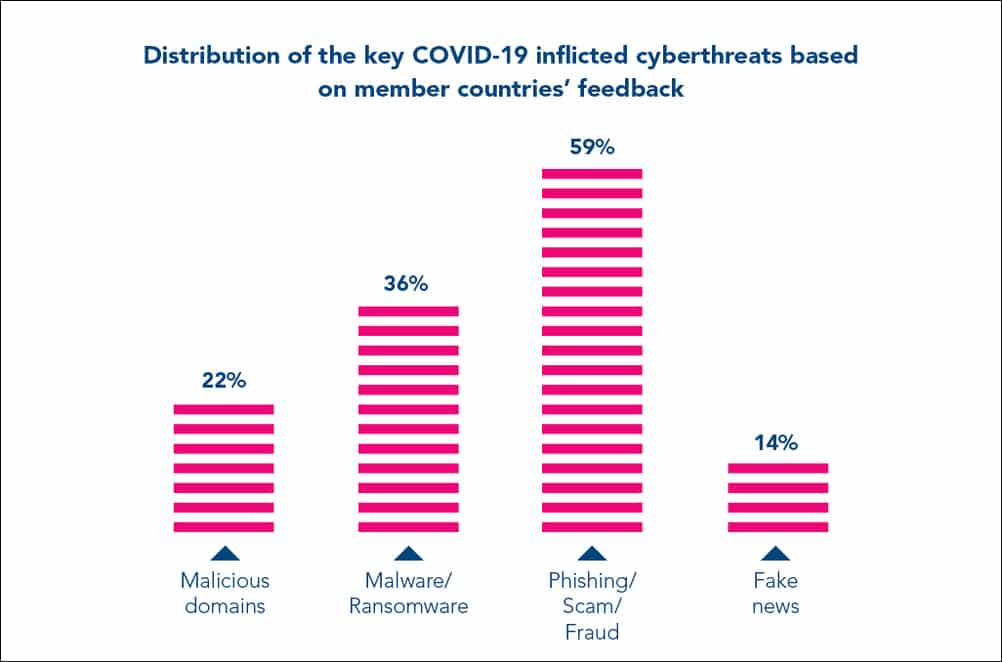
Better regulatory oversight than before
The data also implies that blockchain analysis and transaction tracing as done by organisations like Chainalysis have made huge strides in detecting suspiciously illegal activities despite the pseudonymous nature of wallet addresses. Crypto exchanges that stand at the gate between fiat money and cryptocurrencies have also tightened their Know Your Customer protocol.
Criminals are running out of options to cash out. Even using money mules (people who transact between crypto and fiat on the criminals’ behalf) is proven more and more ineffective as crypto businesses learn how to detect suspicious customer behaviors.
In actual fact, cash is still the best alternative for criminals to fund their illegal operations. This is because, unlike the blockchain, cash transactions are completely and utterly invisible to the public.
According to a report by Swift (credit card network), establishments such as casinos and the gold market are still being used today to launder money, as these are cash-intensive businesses.
Blockchains, on the other hand, are auditable by anyone with Internet access. It takes some clever machine learning to be able to trace transactions and triangulate the location of wallet addresses; such technologies have already existed.
So, logically, if bitcoin has made it easier nowadays to launder money, then criminals should no longer need to rely on cash and traditional establishments that can help them launder money.

Blockchain transactions are traceable
Detecting and preventing financial misconduct through crypto exchanges hinge on the fact that blockchain transactions are not impossible to trace. Law enforcements around the world have learned to identify relationships between wallets.
One out of the many methods used to detect movement of funds on the blockchain is by using “dust”. Dust refers to an insignificant but traceable amount of cryptocurrency that is sent across a targeted set of crypto addresses. Law enforcement can simply track where the dust settles; dust spreads at every transaction.
When there is a crime-related transaction, a recognisable pattern can be detected by looking at the distribution of dust. Otherwise, no pattern out of the ordinary is worth investigating between two wallets that interact like normal people (e.g. between a crypto exchange and a customer).
The pseudonymous but transparent nature of blockchains makes them one of the least favorite ways for criminals to fund their operations.
Need an intro on blockchains? Read our breakdown of blockchain technology.
Misconception #3: Cryptocurrency is used to exploit the poor
Recalling the article, there is one line that seems like an unfair criticism of the crypto market: “[Crypto] offers the poor the allure of getting rich quick by investing their hard-won savings.”
It’s disheartening to know that there are people who enter the financial markets without first educating themselves about the potential financial risks associated with trading or investing. “Do your own research” has always been a familiar chant among retail players who are armed with information. Unfortunately, this is not always true for many inexperienced people.
Regardless, we can’t blame any financial market for the unwise behaviors of some participants. It’s just an honest reality — you will lose money if you sell for less than what you paid for initially.
Fortunately, the crypto market has proven itself to be resilient in the past two eventful years. For example, the bitcoin price (which is also treated as the crypto market’s index price) is still 500% above its opening price from January 2020, in spite of the global financial crash of 2020, the crypto ban in Turkey in April 2021, the bitcoin hashrate drop in May 2021, the recent crypto crackdown in China in June 2021, and a couple more “crypto bad news” in September 2021.
As we can see from the chart below, Bitcoin’s price is nearing its all-time high in October 2021.
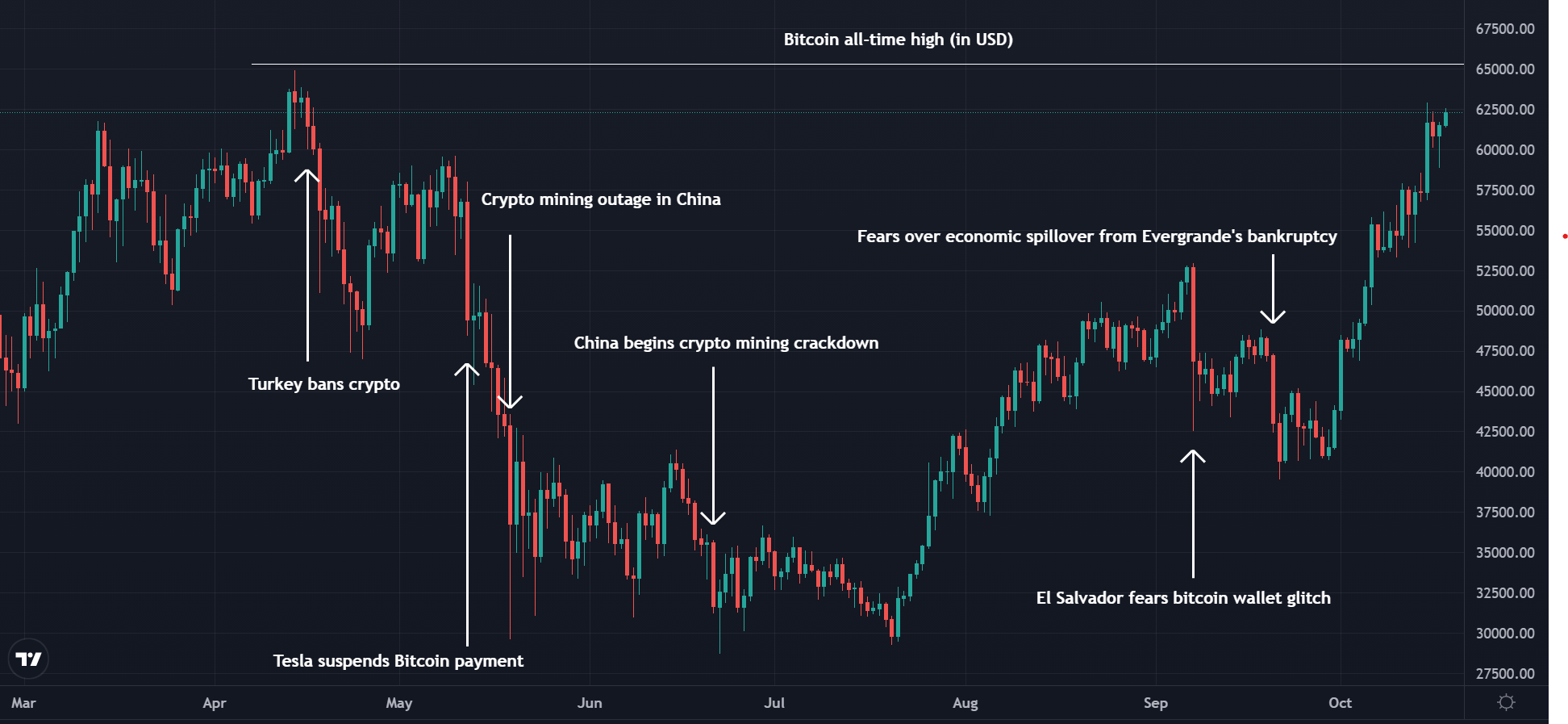
People who are truly invested in cryptocurrencies are not gamblers; they are not in a hurry to cash out, especially if the market value is below the purchase price of their assets. They have prepared themselves financially and psychologically, and not risk more money than what they are willing to lose.
Why companies won’t sell their holdings even if they can
The article that we are examining also mentions that “retail investors will lose money from cryptocurrencies… only a few insiders will win.” At best, the insiders the author is referring to are the institutional players with deep pockets and liquidity. At worst, the insiders refer to the asset issuers (like companies of a particular stock).
In the latter’s case, blockchain assets’ decentralised nature does not allow block producers sole control over the currency supply. Decentralised governance and robust smart contracts makes it impossible for the currency supply to be modified by any one party.
In the former’s case, it is fair to fear that companies like Tesla, Inc. with at least 42,000 bitcoins in its portfolio may one day liquidate a large portion if not all of their holdings. If that happens, a supply shock will occur and the price will sink. The extent of the price dip will depend on the market capitalisation.
It’s worth asking why companies would flood the market with crypto assets and leave many retail investors losing money (if they choose to sell). There are actually business incentives to reduce the likelihood of that from happening. Forward-thinking companies have already affirmed their belief that bitcoin and other major cryptocurrencies are a long-term hedge against inflation.
In other words, they treat bitcoin as a commodity in blockchain form, like gold. At the same time, they believe that retail demands will drive the price of the coin further up, which makes crypto assets more attractive than gold.
For institutional investors, “cashing out” from cryptocurrencies in the immediate future means incurring a high opportunity cost. They lose the opportunity to continue to hold crypto assets until it reaches a higher price. Another disadvantage is that selling a large chunk of their holdings can hurt their public image.
This explains why, when Elon Musk famously tweeted that Tesla had suspended payment in bitcoin in May 2021, he had to clarify that Tesla had not sold any bitcoin.
Misconception #4: Cryptocurrency does not help bank the unbank
There are many and often complex reasons why the unbanked were unbanked in the first place. The World Bank can give us insights into why a sample population chose not to have a bank account.
Nearly 60% of the respondents state that they do not have enough money; around 20% state that making a bank account is expensive, and that financial institutions are located too far away.
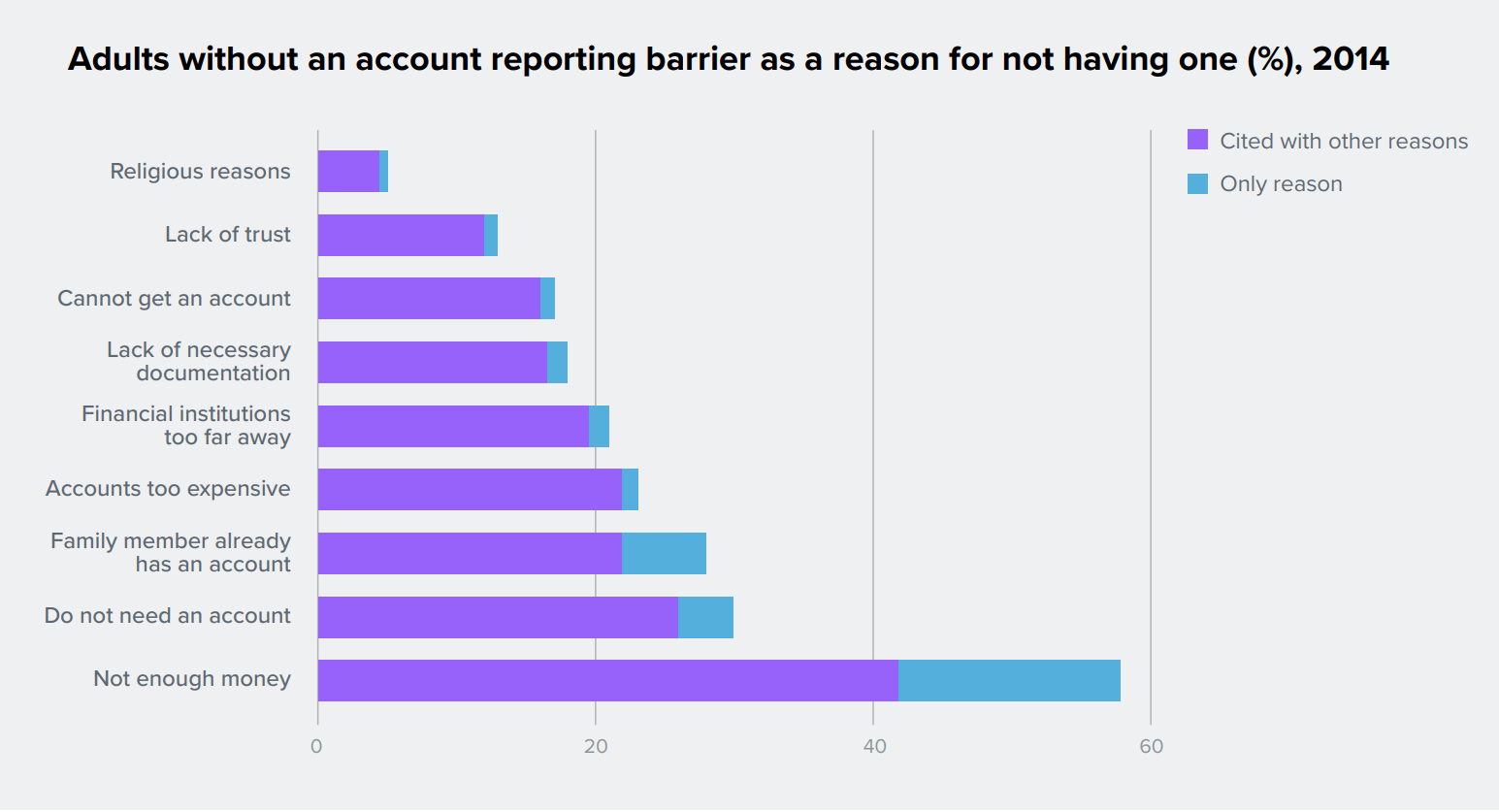
One correct fact that the article pointed out is that the Internet and blockchain technology could potentially solve the problems cited by the respondents. It is true that with a transparent and verifiable transaction ledger as in a blockchain, trust in the financial system will not be necessary.
Banks in many parts of the world have also modernised to facilitate digital banking through mobile devices, meaning that distance to financial institutions should no longer be a problem. Likewise, blockchains are inherently and completely digital infrastructures that aren’t centered anywhere.
So, blockchains can provide the infrastructure for a more inclusive banking service, just as plain old Internet could.
Why cryptocurrencies are still necessary
The author then questions the role of cryptocurrencies in this context. Why do they still need to exist? Isn’t it the Internet and blockchain technology that the poorest populations need to solve these problems? Most if not all cryptocurrencies don’t make a really good short-term store of value, as you can see from Bitcoin’s price volatility.
Regardless, cryptocurrencies are necessary for blockchains to operate in a decentralised way. A blockchain network cannot use the US dollar to pay for network nodes living in various countries. It won’t work even if the US dollar is widely accepted and is still the world’s “reserve currency”.
This fiat currency is still controlled by the Federal Reserve, and is issued only through the central bank. On a blockchain, value is created when transactions are updated into the blockchain. Regardless of the protocol being used for this (whether it’s Proof of Work or Proof of Stake), that value has to be stored somehow, in a token that is used to represent debt.
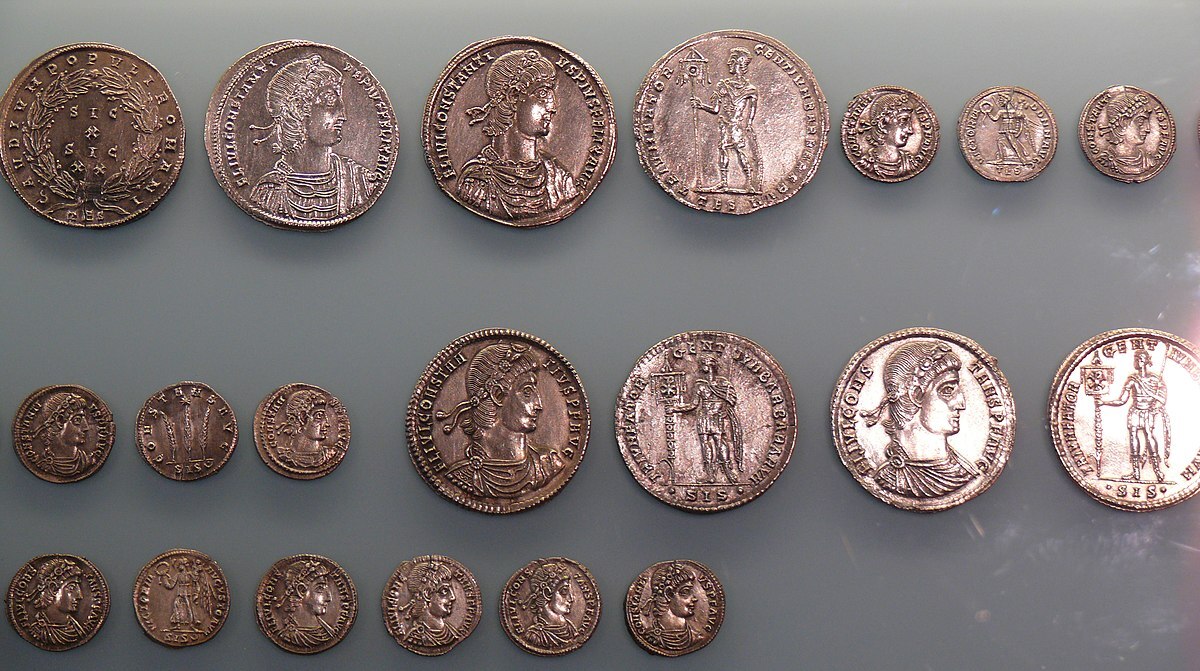
The token of value is the cryptocurrency that powers the economy of the blockchain network. It is inevitable for decentralised networks to use their own value token. So, no, cryptocurrencies are not the magical solution to bank the unbanked. Rather, they are the proxy for value exchange so that decentralised infrastructures can accommodate the unbanked.
To use a simple analogy:
Petrol does not get you from point A to B, but your car does. However, your car cannot run without petrol.
Now, what does investing in crypto do to bank the unbank? In Proof of Stake networks, you can delegate your coins to a network node that will stake the coins for you. The more stake is contributed to a diverse group of network nodes, the more secure the network becomes.
If the network is secure, businesses that actually apply blockchains to solve world problems can become more confident in the blockchain. For example, on Stellar blockchain, many financial service providers use the technology and multiple cryptocurrencies to help streamline remittance.
A migrant worker can purchase XLM coins with their salary and deposit the coin into an app that will transfer the value of that coin quickly and efficiently to a local bank account in their home country. Stellar’s protocol includes converting XLM into various intermediary tokens and stablecoins at the best possible exchange rates.
Learn more: What is Stellar Lumens (XLM)?

The migrant worker could potentially spend a mere cent in blockchain fees to move their hard-earned income abroad. No expensive international bank fees and opaque forex fees are incurred in the process.
Crypto evolves for the common good
Blockchain technology is distinct from other innovations. Companies that developed the fastest cars, the most powerful software, or the most potent drugs are motivated by the desire for profit and market dominance.
On the other hand, blockchain technology is a global collaboration between strangers in a trustless environment. Decision-making is done through a democratic voting system that includes all stakeholders (coin holders) regardless of their location or nationality.
Looking at the crypto space in a complete and thorough way, we see a tendency for the industry to evolve. From reducing power consumption of blockchains, to complying with regulations, the crypto space has evolved into something far from (and even better than) what Bitcoin creator Satoshi Nakamoto had envisioned.
When it comes to providing a balanced discussion on the risks and benefits of world-changing innovations, we will leave the last word to the greatest road safety advice:
“When crossing the road, look both ways.”
Share to
Stay curious and informed
Your info will be handled according to our Privacy Policy.
Make sure to follow our Twitter, Instagram, and YouTube channel to stay up-to-date with Easy Crypto!
Also, don’t forget to subscribe to our monthly newsletter to have the latest crypto insights, news, and updates delivered to our inbox.
Disclaimer: Information is current as at the date of publication. This is general information only and is not intended to be advice. Crypto is volatile, carries risk and the value can go up and down. Past performance is not an indicator of future returns. Please do your own research.
Last updated August 29, 2022





